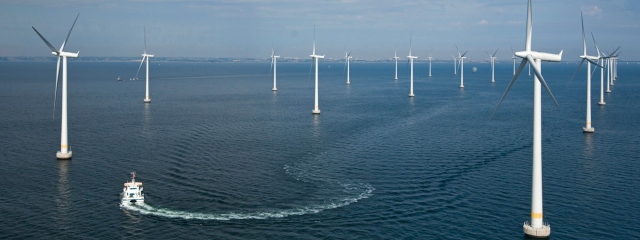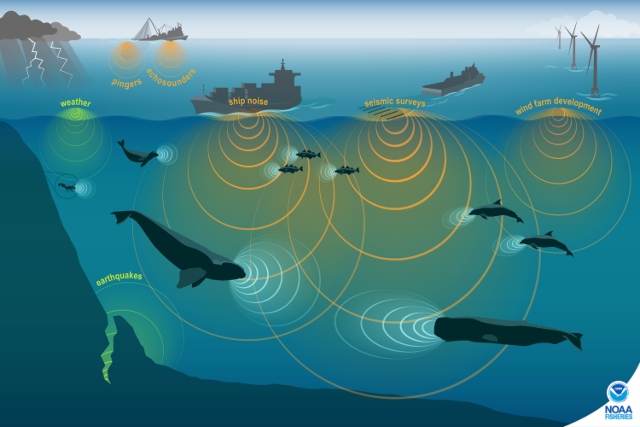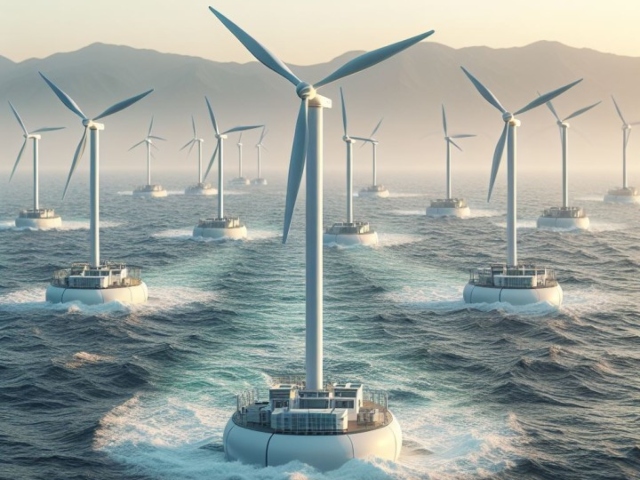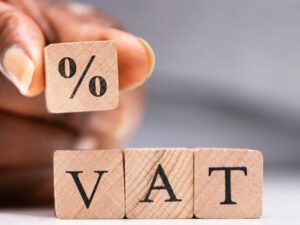[imagesource:linkedin]
While South Africa has plenty of land-based wind farms in the works, thus far there has been no effort to take the green energy sector into our coastal waters.
That’s all about to change now that a grouping of European and local energy companies plan to build a giant 810MW wind farm just off the coast of Richards Bay, with turbines said to be higher than the country’s tallest skyscrapers.
The proposed Gagasi Offshore Floating Wind Farm will cover an area of 140 square kilometres and will include up to 54 gigantic turbines – with the tips of the turbine blades spinning at 270m above sea level, or possibly 370m.
At this height, these massive turbine blades will be higher than any building in South Africa.
According to a recent article in Daily Maverick, the Gagasi farm would be located in deep seas off the coast of northern KwaZulu-Natal, just north of the major industrial and harbour city of Richards Bay.
Up to 54 “floating” turbines would be connected to the seabed in a large rectangular block around 5km off the shoreline in the north and 17km off the coast in the south. Because of the turbines’ size and height, the installation would be visible from the beach.
While there is indeed a need to get with the renewables program, the potential environmental impacts of mega-scale clean energy projects remain a headache.
The offshore energy coup is being led by the Greek-Swedish cleantech group Hexicon AB and the South African-based Genesis Eco-energy Developments.
Genesis has been in the clean energy biz for quite a while and was founded more than 20 years ago by renewable energy entrepreneur David Chown, who has been involved in creating some of the country’s earliest wind and solar farms, including those in Jeffreys Bay, De Aar, Droogfontein, Loeriesfontein, Khobab, and Noupoort.
While a wind farm in the empty vastness of the karoo is one thing, taking their model to the sea comes with unique challenges, least of all being the high cost of such installations, securing environmental approvals and government lease agreements.

Wind power already accounts for approximately 28% of Germany’s electricity output, with around 30,000 wind turbines including plans to install up to five new ones every day over the next few decades. China is also developing the world’s largest offshore wind farm, the 43GW Chaozhou project, which would generate enough electricity to power more than 13 million homes.
Anyone living along the coast of South Africa will know that we are perfectly suited for wind energy, with Stellenbosch University researchers suggesting that offshore wind farms could theoretically supply between 15% and 800% of South Africa’s current annual electricity demand.
The SA Wind Energy Association (SAWEA) suggest that the government should take the lead in defining a clear policy framework for developing offshore wind projects. Although costs were gradually falling, floating offshore wind farms remained much more expensive than land-based wind generation.
SAWEA further argues that the most significant uncertainty in this area is related to the ownership and permitting processes for future offshore wind farms. Because the sea is government-owned, offshore wind companies would most likely need permissions from the Department of Forestry, Fisheries, and the Environment, the SA Defence Force, and other ministries.
A preliminary list of the potential environmental impacts associated with the Richards Bay project have also been identified, including the effect on marine seabed environments; laying of the cables and anchoring floating platforms in sensitive marine environments off the KZN coast.
An offshore wind farm of this size also has the potential to disrupt marine ecology and commercial and recreational fisheries during installation and operation.

According to the Fisheries division of the US National Oceanic and Atmospheric Administration (NOAA), offshore wind energy projects often have negative effects on ocean life, including potential impacts of ocean noise disrupting navigation and the overall well-being of fish, whales, and other species.
For more information on the proposed project, you can check out the Acer Africa Website here.
[source:dailymaverick]





